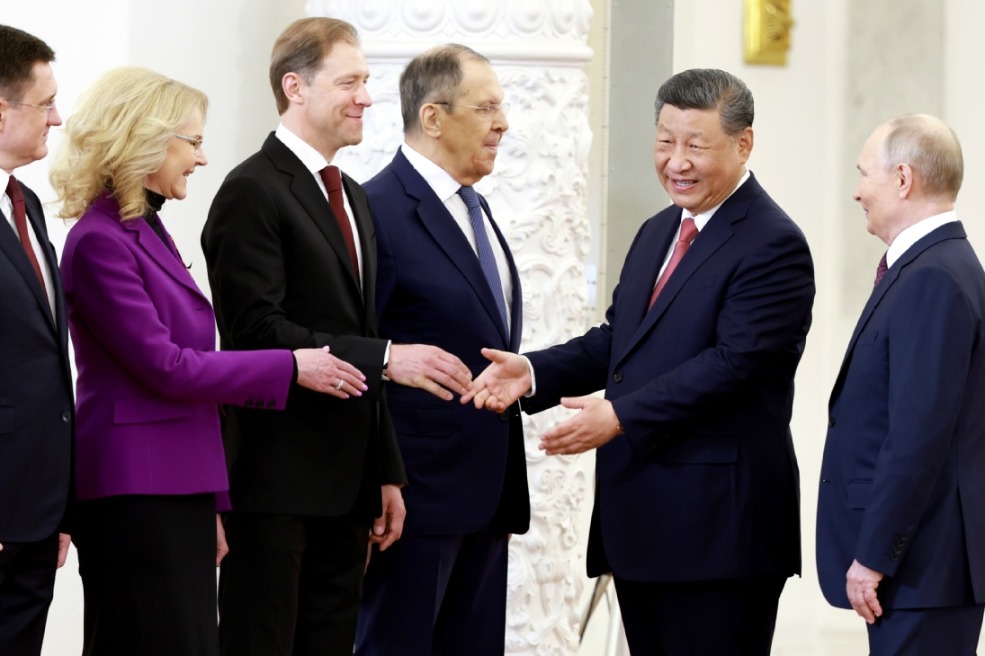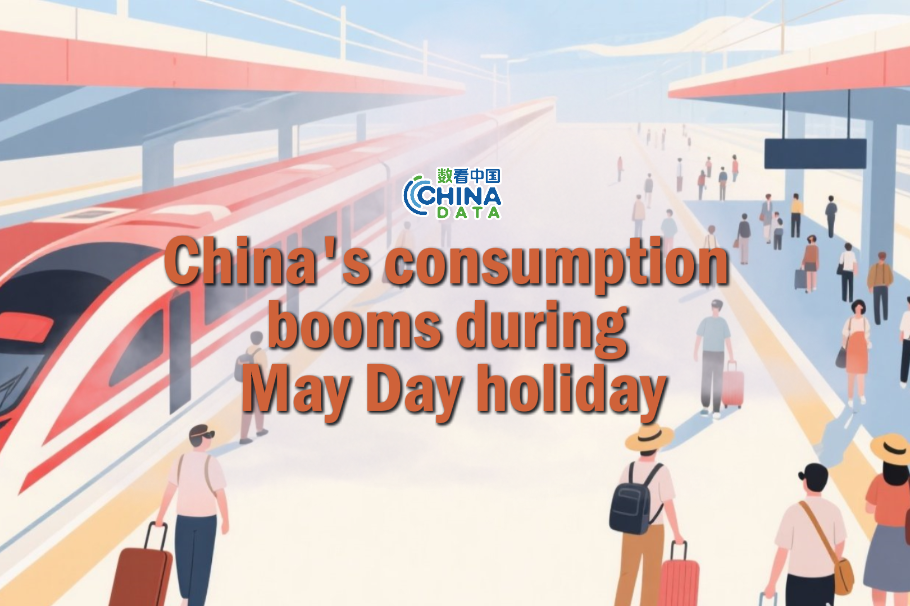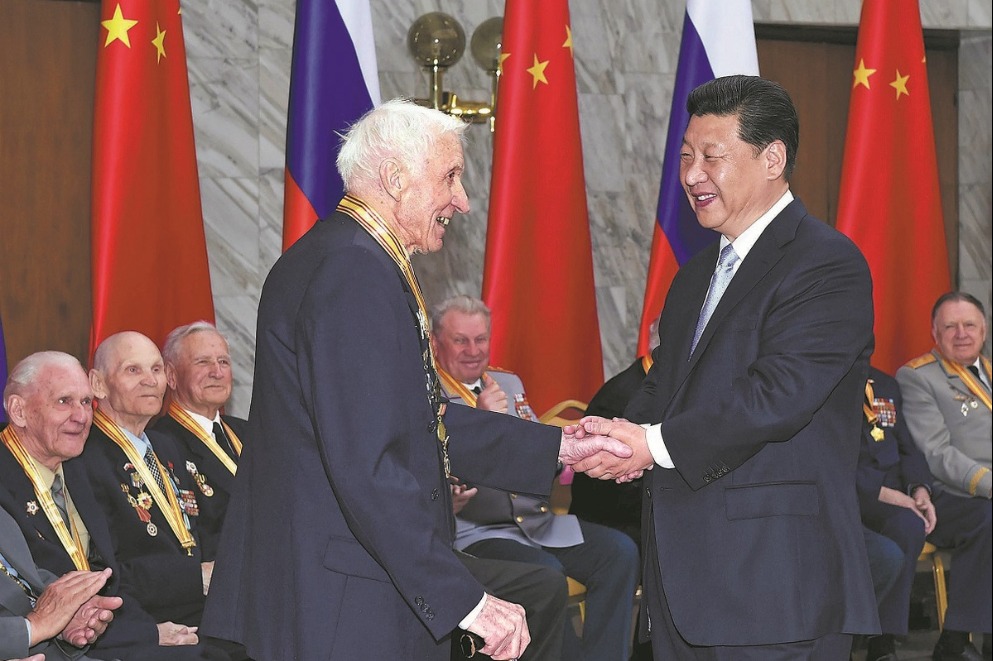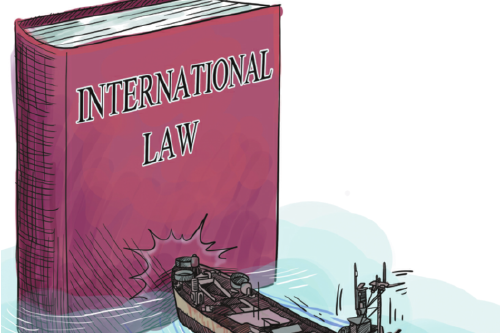Beyond geopolitics
The lesson to be learned on the 10th anniversary of the China-CELAC Forum is that South-South cooperation is not only possible, but also profoundly necessary


At the end of 2024, a South-South cooperation project aimed at promoting digital connectivity in less developed areas of Latin America and the Caribbean was fully implemented. This project was jointly led by the Food and Agriculture Organization of the United Nations, China, and the Community of Latin American and Caribbean States. It is estimated to have indirectly improved the lives of over 4,000 people in 12 LAC countries. Meanwhile, the United States has threatened to regain control of the Panama Canal — the latest in a series of geopolitical threats to LAC countries since Donald Trump's electoral campaign, citing security concerns related to migration and drug trafficking.
This contrasting situation clearly highlights China's constructive policy, which diverges from the US' unilateral diplomacy toward the region. As Chinese Foreign Minister Wang Yi stated at a news conference on the sidelines of the third session of the 14th National People's Congress in Beijing in March 2025, "there is only mutual support in this cooperation, no geopolitical calculations".
In 2023, US investments in the region declined by 29.7 percent year-on-year. Investments in LAC countries that are members of the Belt and Road Initiative rose by 92 percent in 2023, taking 20.5 percent of all Chinese BRI overseas investments. While the US remains the most important trade and investment partner for LAC countries, there is a growing consensus that its economic presence is in decline — a trend likely to accelerate as a result of its "America First" policies.
The US' cooperative approach toward the LAC region has been unstable. During the first Trump presidency, the US government launched the Growth in the Americas initiative, aimed at channeling public and private funds into infrastructure projects in Latin America and the Caribbean. However, aside from some memorandums of understanding signed with Honduras, Guatemala and El Salvador, and a few known infrastructure projects, the initiative failed to meet the region's infrastructure needs. The Growth in the Americas initiative was ideologically biased, as the US government refused to fund countries politically adversarial to it, such as Nicaragua and Venezuela. It was also criticized domestically for its ineffectiveness in addressing human rights issues in the LAC region.
Later, during former president Joe Biden's term, the Growth in the Americas initiative was replaced by the Americas Partnership for Economic Prosperity, aimed at promoting economic integration and democracy with selected LAC countries. APEP effectively dismantled what little progress the Growth in the Americas initiative had made, adopting a different approach. In 2024, the Americas Partnership Investor Network was launched under the APEP framework, pledging to invest $1 billion in early-stage companies and entrepreneurs in Latin America and the Caribbean. However, another change of administration soon followed.
As one of his initial actions during his second term, President Trump ditched APEP — calling it a "lazy effort". These shifting approaches suggest that US interests in the LAC region are primarily geopolitical, aimed at containing China's influence, rather than genuinely supporting economic development.
In contrast, China's cooperative and comprehensive approach has proven to be steady and dependable. First, there is ongoing political dialogue and engagement. Since its establishment in 2015, the China-CELAC Forum has been deepening bilateral ties, creating 43 thematic sub-forums to coordinate efforts in areas such as agriculture, anti-corruption enforcement, defence cooperation, disaster management, green development, poverty alleviation, think tank exchanges and scientific and technological innovation. In December 2024, the Fourth China-CELAC Political Parties' Forum was held in Beijing, bringing together representatives from nearly 100 national and regional political parties across 30 LAC countries. No similar multilateral effort exists between the US and the LAC nations.
Furthermore, China and the LAC region have seen uninterrupted economic exchanges. Over the past two decades, China's trade with LAC has increased 41-fold, from $12 billion in 2000 to around $500 billion in 2024 — making China the top trading partner of South America and the second-largest trading partner in the LAC region overall. Today, Latin America is the second-largest recipient of Chinese investment, after Asia, particularly in infrastructure and energy. The China Development Bank has loaned approximately $160 billion to the LAC countries since 2005.
Indeed, the celebration of the 10th anniversary of the China-CELAC Forum in 2025 illustrates the increasing strength of China-LAC South-South cooperation. Sustaining cooperation beyond geopolitics is both a necessity and a challenge in the face of US diplomatic instability. To maintain the momentum in bilateral relations, China and the LAC countries must practice strategic patience and build a community with a shared future by crossing the river by feeling the stones, and they both must promote strategic autonomy so as "not to become someone's backyard", as Foreign Minister Wang put it. China-LAC relations demonstrate that South-South cooperation is not only possible, consistent and desirable — it is profoundly necessary.

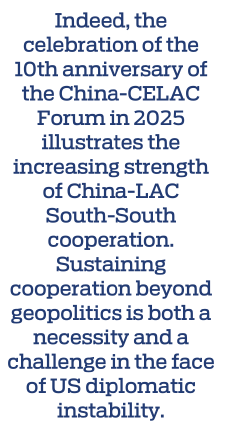
The author is an associate professor of international relations at the Metropolitan Autonomous University and a senior fellow on China at the Mexican Council on Foreign Affairs. The author contributed this article to China Watch, a think tank powered by China Daily.
Contact the editor at [email protected].

















